Next Gen Graphics, Part 1: NES, Master System, Genesis, and Super NES
USgamer takes a look at the graphical leaps between the beginning and end of a generation.
This article first appeared on USgamer, a partner publication of VG247. Some content, such as this article, has been migrated to VG247 for posterity after USgamer's closure - but it has not been edited or further vetted by the VG247 team.
Every time there's a new generation of consoles, there's a certain amount of skepticism as to whether game graphics can get any better or if the console is worth the upgrade. It's a pretty subjective measure and nostalgia can muddy up the waters a bit - who doesn't remember and love the first console they really wanted for Christmas? - but graphics do improve with every generation. Developers become more adept with each console and begin to learn the tricks and shortcuts to make amazing things happen.
This series, Next Gen Graphics, is about the jumps each console generation makes when it comes to graphics. We'll look at some of the early games on each major console in each generation and contrast them with similar games on that console when the next generation hit retail.
Part 2: PlayStation 2, Dreamcast, Nintendo 64, and More
Part 3: Wii, PlayStation 3, Xbox 360
We'll be kicking the series off with the third and fourth generations of home consoles, which include the Nintendo Entertainment System, the Sega Master System, Sega Genesis, and Super Nintendo Entertainment System. Yes, there are other systems within these generations, like the TurboGrafx-16 and Neo-Geo, but in the interest of article length, we'll be sticking to the major systems. Being that this is USgamer, we'll also be focusing on the North American lineups and release dates. Click on images to enlarge, where applicable.
Generation 3

Nintendo Entertainment System
Nintendo's amazing little box launched in the United States on October 18, 1985. It's launch lineup totaled 18 games, including Super Mario Bros. Duck Hunt, Excitebike, and Kung-Fu. The NES was a big step-up from the previous generation, and the first big system to come after the video game market crash. It had six years on the market before its successor touched down.



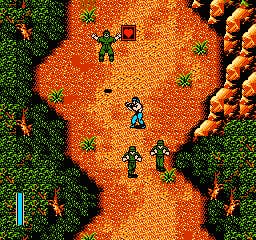
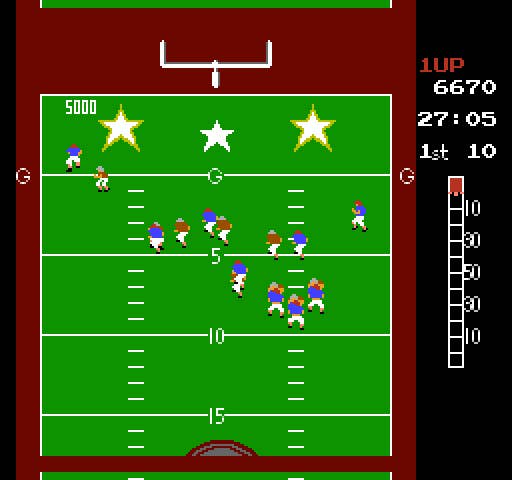
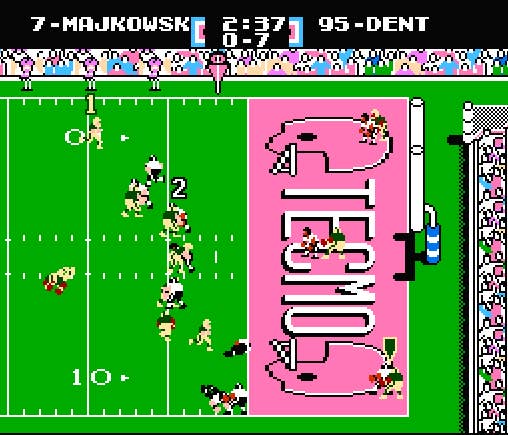

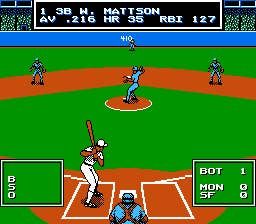

Sega Master System
Sega's answer to the NES was technically superior, but failed to stop Nintendo's domination of the North American market. It launched on June 1986, only nine months off from the NES, but they were a big nine months. Especially since the Sega Master System only launched with Hang-On and Safari Hunt in our region. It had a shorter time on retail shelves before its successor dropped, only three short years. As such, the graphical leap in Master System titles isn't as pronounced.
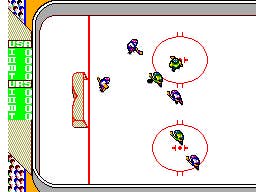

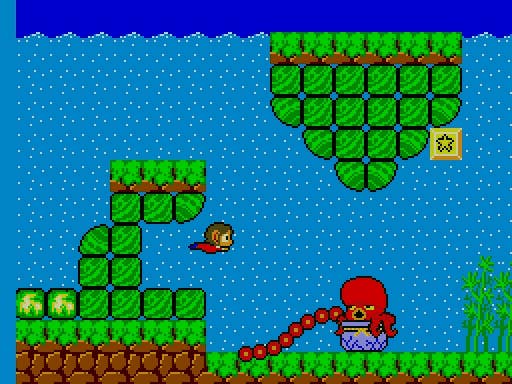
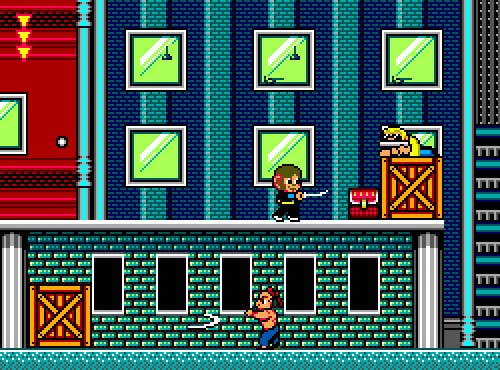
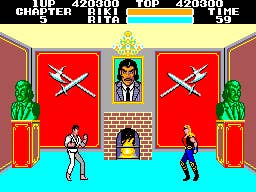

Generation 4
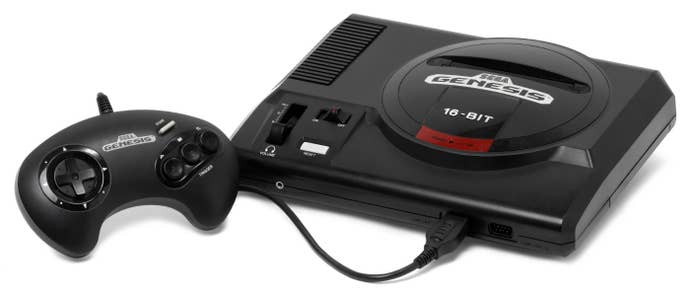
Sega Genesis
Sega cut short the Master System's time due to the poor sales performance the system had in North America and Japan compared to its rival, the NES. Instead, the company adapted its 16-bit Sega System 16 arcade board into a home console called the Sega Genesis. The Genesis released on January 9, 1989 with six launch titles, including Altered Beast, Thunder Force II, and Space Harrier II. It was considerably more popular than its predecessor and spent six years on the market before its successor touched down.
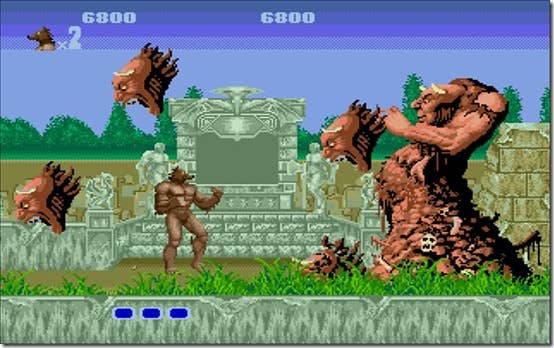
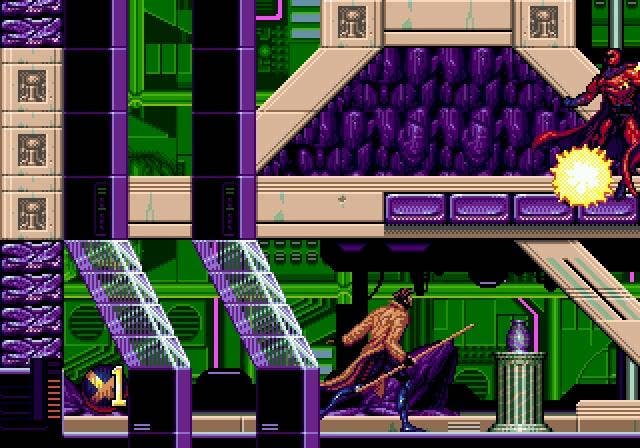


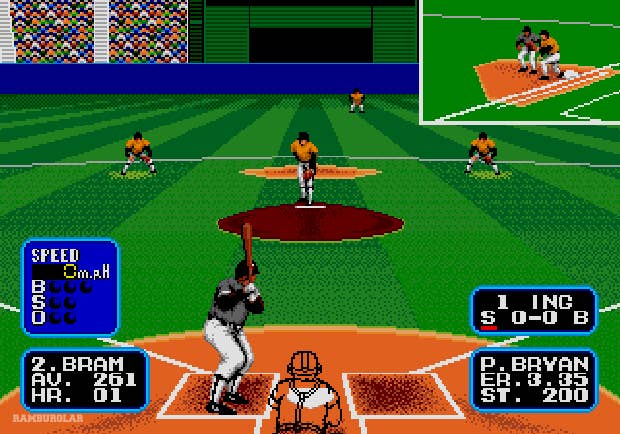
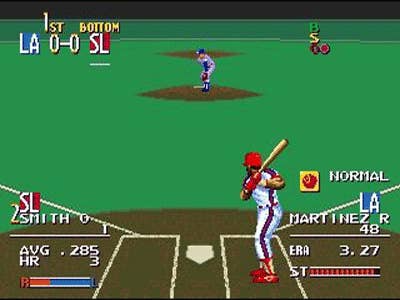
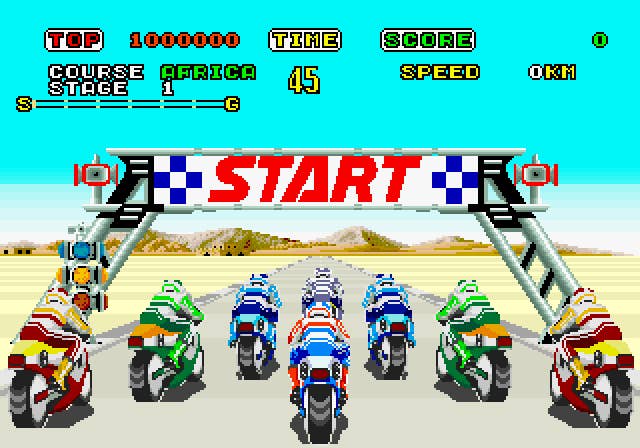

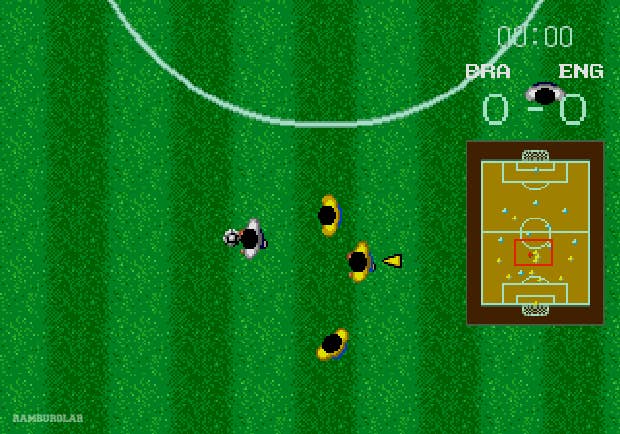
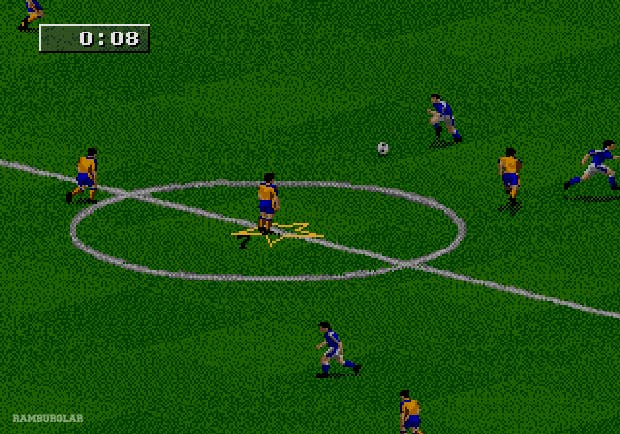
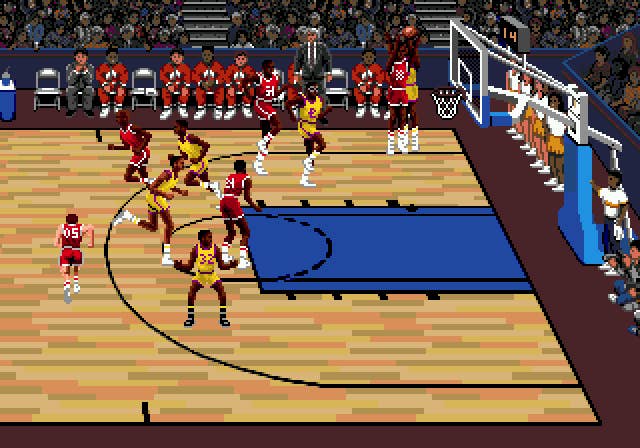
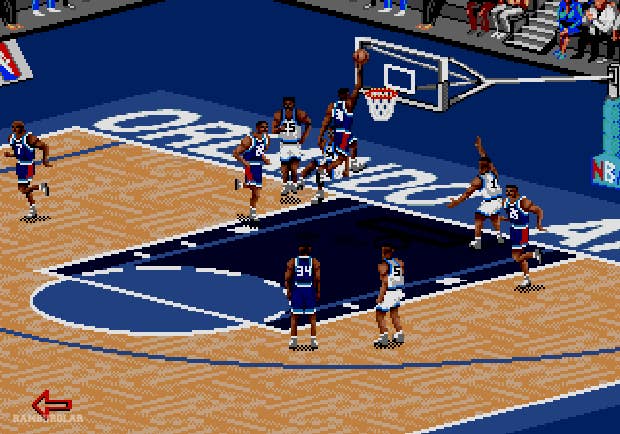
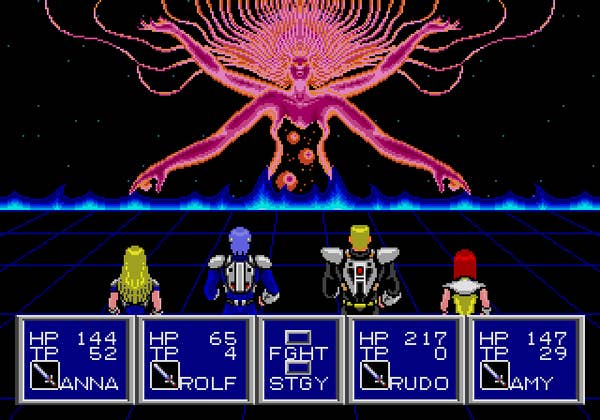

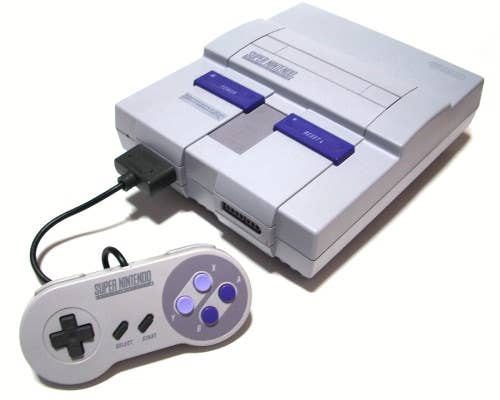
Super Nintendo
After the success of the NES, Nintendo decided to follow up with its own 16-bit console, the Super Nintendo Entertainment System. The Super NES launched on August 23, 1991, with a five game lineup that included Super Mario World, F-Zero, Pilotwings, and Gradius III. Despite the one year headstart given to the Sega Genesis, the Super Nintendo was able to close the gap while Sega produced add-ons like the Sega CD and 32-X. The Super Nintendo had five years on the market before Nintendo released the Nintendo 64.

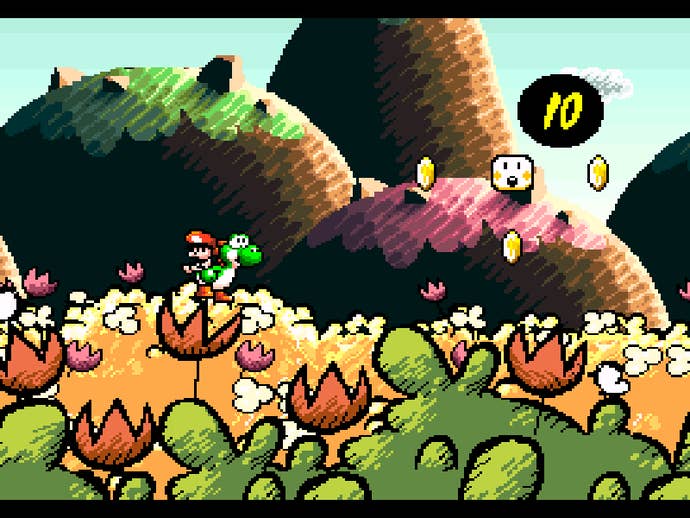

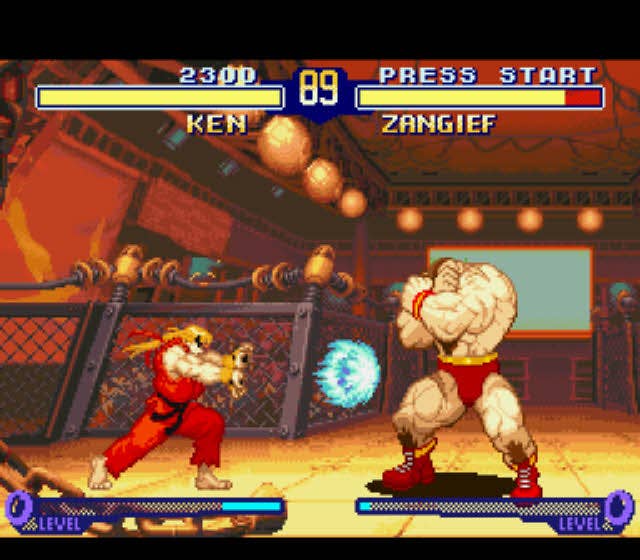

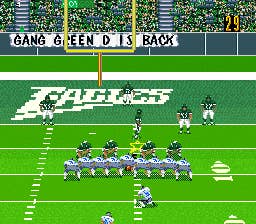
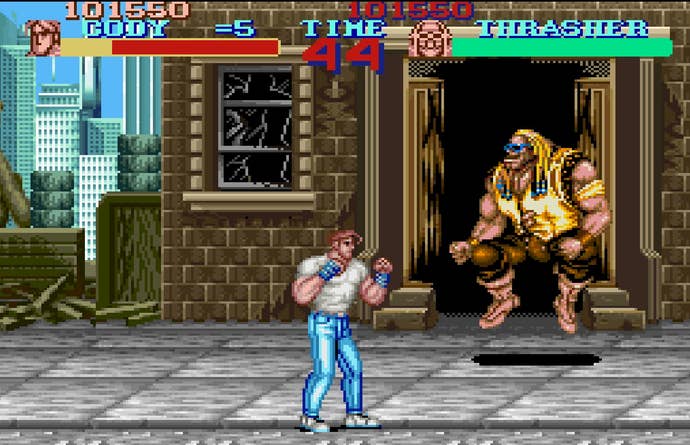

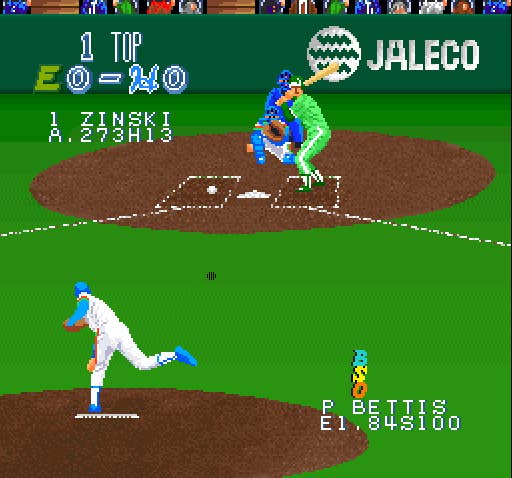
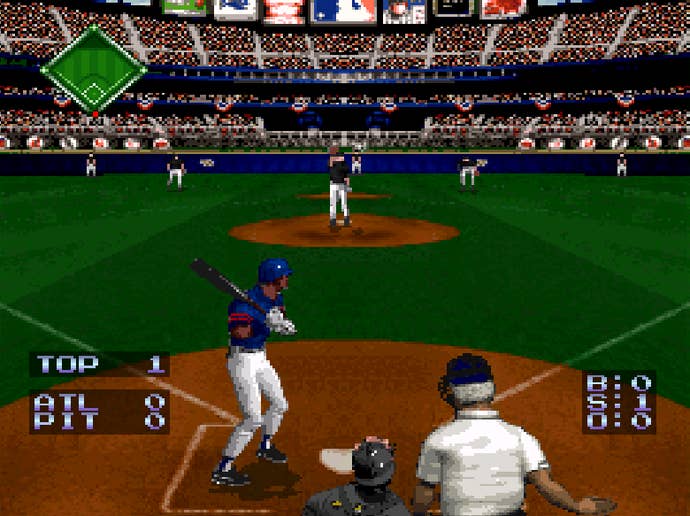
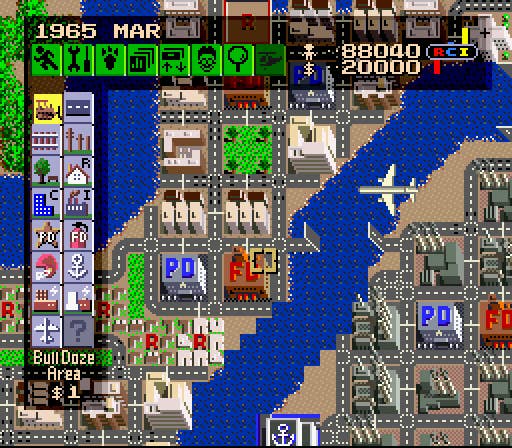
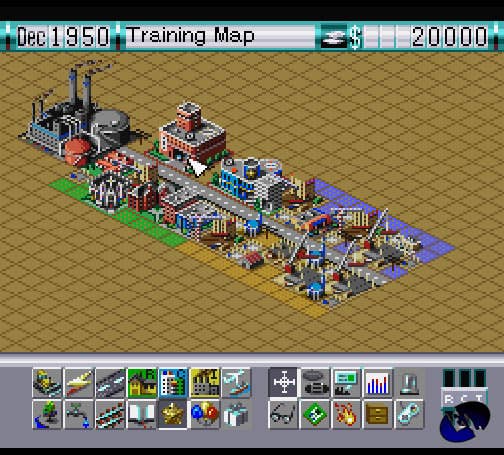

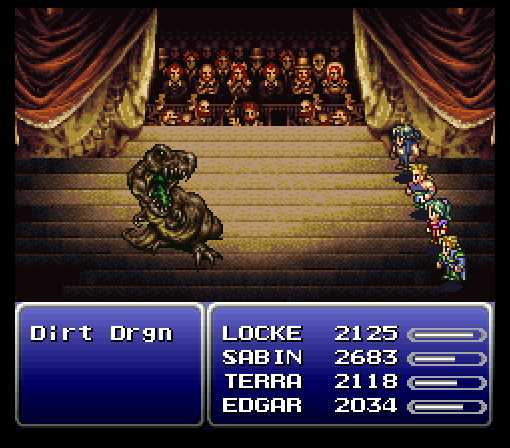
Next Gen Graphics Part 2 can be found here, where we'll cover generations 5 and 6, which include the PlayStation, PlayStation 2, Xbox, GameCube, and Nintendo 64.
Images sourced from VideoGameCritic, MobyGames, Let's Play SNES, Console Classix, Ramburglar, and Wikipedia. Thumbnail image via Kenneth Eaton.









